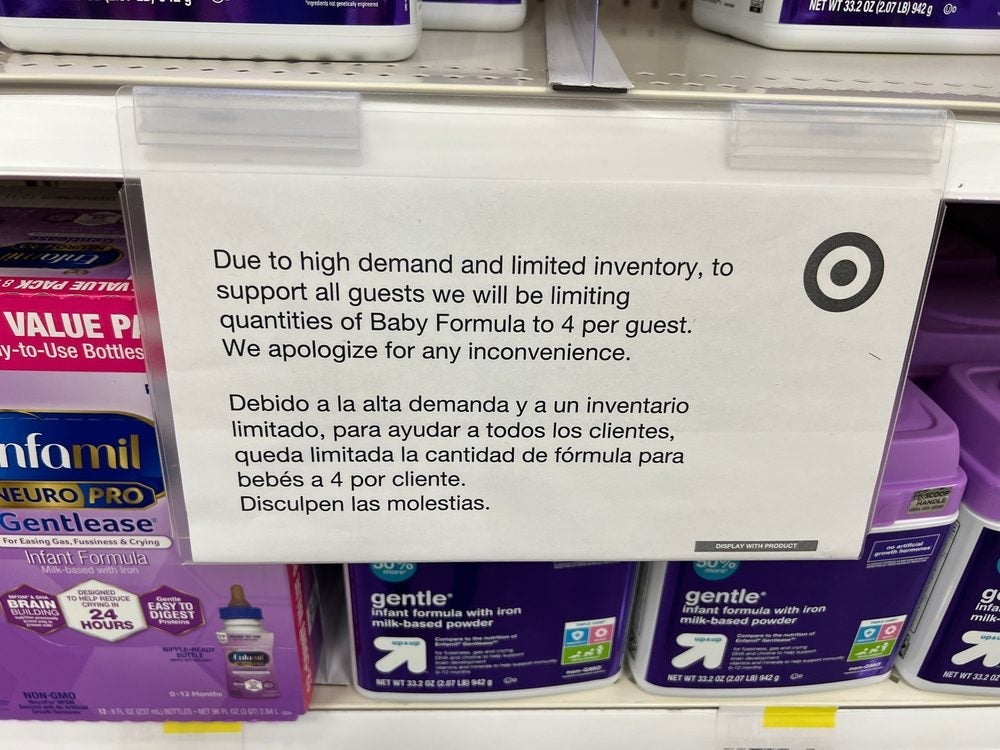Content marketing isn’t just about establishing thought leadership, sharing helpful information and driving traffic to a company’s website—it’s also about generating, nurturing and converting leads. But running a successful content marketing campaign requires a proper understanding of the lead gen funnel.
To illustrate what this looks like, Myles Bristowe, CMO at CommCreative, shared a case study at the recent Social Media Strategies Summit in New York.
A diabetes research institution redesigned its website with a goal of getting 1 million visitors per year. Though the redesign yielded positive results in the first few months, it eventually lost momentum.
“Just redesigning your site, it’s no surprise, doesn’t necessarily result in sustained growth,” Bristowe said.
The research organization already had a wealth of content—the problem was that no one was reading it. Social media was designated as the vehicle to be used to share that content, and the institution’s Facebook and Twitter audiences grew as a result.
“People were seeing this content being shared out through these channels in a consistent way,” Bristowe said. “It was always sort of on-time delivery,” with no long lulls that would kill the community.
As a result of this basic setup, traffic to the site grew 5-7 percent, thanks to traffic driven to the blog, which then drove traffic to the diabetes center’s main website.
Different Funnels
The traditional lead-gen funnel starts at the top with the question, “What is it?” which is followed by “How to do it?” “Who provides it?” and “Who has the best price?”
The social lead-gen funnel, on the other hand, starts out the same but ends at the bottom with the question, “Who is recommended?”
In the case of the diabetes research center, Bristowe said his company started out by targeting people at the bottom two sections of the social lead-gen funnel, vying for people’s recommendations. But eventually they flipped their focus and looked at the top two sections of the funnel: “What is it?” and “How to do it?” The reason for this shift was Google.
Google’s Rudeness
“My mother always told me never to finish other people’s sentences,” Bristowe said. “But Google doesn’t have a mother, I guess.”
He was talking about Google’s autocomplete feature, which displays the most commonly searched phrases based on the characters a user starts to type into the search box. A simple search for “diabetes” turned up a number of top-of-the-funnel queries. This led to searches for “how diabetes,” “top diabetes” and “best diabetes.”
“Google was telling us what our blog titles should be,” Bristowe said.
Using blog post titles based on Google searches allowed the research center’s blog posts to be easily found by Google. “So we got their interest at the ‘What is it?’ and drove them down into the ‘Here’s what we know about.’ We built credibility with people who were just at the very beginning of trying to figure it out,” according to Bristowe. The result was a 157% increase in traffic to the organization’s website.
Nurturing, Not Selling Right Away
“We got them to the blog – that’s free value, free content we’re offering based on what they’re looking for. It’s not OK to say, ‘Here’s a recipe’ and at the bottom, there’s a coupon for the weight-loss clinic,” Bristowe said. “What we want to do is: ‘Here’s the recipe; subscribe for more.’”
Once contact information was acquired, the lead-nurturing system used was based on three things:
– Context: This is based on the questions, “What did they search? What posts did they interact with? What are their interests?” Based on what the answers are, the organization drove prospects through different tracks.
– Behavior: This is based on the questions, “Did they respond when we sent them the next recipe? How often do they come back to the site?” This data was gleaned from a marketing automation system, which produced scores on these criteria.
– Communication preference: This is based on the question, “How do these folks prefer to be responded to?” Bristowe said this part of the lead-nurturing process is a little more manual. For instance, if someone connects with the institute via social and gives their email address, do they open the emails they receive? If not, are they still active on social channels? If they are, then it’s appropriate to shift communications to social channels and move away from emails.
An early track that stems from a nurturing program is education, where the person is still interested in a high-level way. Testimonies or comments from others might be effective here “so they can see that someone like you has this thing to say,” Bristowe said.
Then the lead might move into the pre-decision stage, where price, features and functions become more important than the search for a solution. Here, an offer might be enticing to the lead.
Bristowe also mentioned the usefulness of remarketing. “You’ve probably seen it happen. You go to the Mercedes Benz website and then everywhere you go, you see a Mercedes ad. Well, that’s remarketing,” Bristowe explains. The goal of remarketing is to tie those ads shown to the target consumer’s interest – for example, a particular product line or the problem for which they’re looking for a solution.
The next track is in-purchase, where 30-day product trials might work, for example. Bristowe notes that during this in-purchase stage, companies shouldn’t just sit and wait for the 30 days to be up. Instead, they could offer a discount if the consumer wants to make a purchase before the trial period expires. Tips on how a product can be used can also be helpful.
If a purchase is made, nurturing can happen in the form of post-purchase cross-selling and upselling. If a purchase isn’t made, a survey can be sent to find out how the process could have gone better.
The Five Truths of Content Marketing
From his company’s experiences deploying its content marketing program for a wide variety of clients, Bristowe gleaned “The Five Truths of Content Marketing”:
- Be relevant
- Be interesting
- Be engaging
- Be consistent
- Be yourself
Bristowe called the last point the most important one. “For all of us, even companies, there are multiple aspects to how we’re seen out there,” he said. “And don’t be afraid to show yourself.”

 Network
Network

